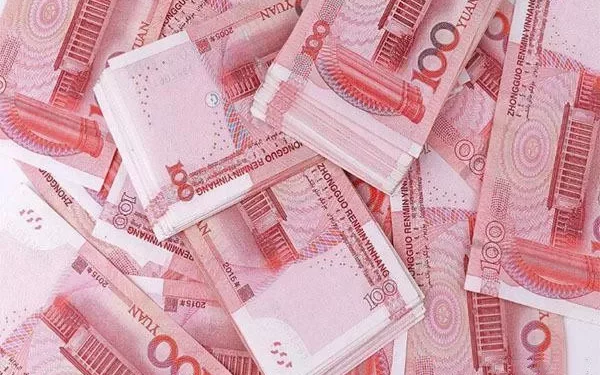In the dynamic landscape of international finance, the exchange rate between currencies plays a pivotal role in shaping global economic interactions. Among these currencies, the Chinese Renminbi (RMB) and the British Pound Sterling stand out as key players in the international market. This article delves into the current exchange rate between the RMB and the Pound, exploring the factors influencing it, implications for global trade, and potential future trends.
1. Introduction: Setting the Stage
At the heart of international trade, the exchange rate between the RMB and the Pound serves as a barometer of economic health for China and the United Kingdom. As of [current date], the specific exchange rate stands at 8.9 RMB to 1 Pound, a figure that reflects the intricate balance between economic indicators and geopolitical factors.
2. Historical Perspective
To understand the significance of the current exchange rate, a glance into the historical context is imperative. Over the past decade, the RMB has experienced fluctuations against major currencies, including the Pound. Factors such as China’s economic growth, trade relations, and global events have played a pivotal role in shaping these movements.
3. Economic Indicators: Unraveling the Numbers
Examining the economic indicators that contribute to the RMB to Pound exchange rate offers insights into the financial health of both nations. Key factors include GDP growth, inflation rates, interest rates, and trade balances. As these indicators evolve, so too does the exchange rate, making it a reflection of the underlying economic fundamentals.
4. Trade Relations and Tariffs: A Balancing Act
The trade relations between China and the UK, intertwined with tariff policies, have a direct impact on the exchange rate. Trade surpluses or deficits, along with tariff adjustments, influence the value of the RMB in relation to the Pound. As both nations navigate the complexities of global trade, the exchange rate becomes a crucial metric in assessing the health of their economic ties.
5. Geopolitical Factors: Navigating Uncertainties
Geopolitical events have a profound impact on currency values, and the RMB to Pound exchange rate is no exception. The ongoing geopolitical tensions, trade agreements, and diplomatic relations between China and the UK contribute to the volatility observed in the exchange rate. Investors closely monitor these developments, adjusting their strategies accordingly.
6. Central Bank Policies: Shaping the Narrative
Central banks play a pivotal role in influencing exchange rates through monetary policies. The People’s Bank of China and the Bank of England, as the respective central banks, implement strategies that impact interest rates and money supply. These policies have a ripple effect on the RMB to Pound exchange rate, highlighting the interconnected nature of global monetary systems.
7. Brexit and Its Ripple Effect
The shadow of Brexit looms large over the exchange rate dynamics between the RMB and the Pound. The complex negotiations and subsequent agreements have ushered in a new era for UK-China trade relations. The post-Brexit landscape introduces uncertainties that echo in the currency markets, adding another layer of complexity to the exchange rate analysis.
8. Global Economic Trends: A Macroscopic View
Beyond the bilateral relationship, global economic trends contribute significantly to the RMB to Pound exchange rate. The strength of the US Dollar, Euro, and other major currencies can exert indirect influence. Economic crises, such as the recent global pandemic, underscore the interconnectedness of economies, affecting exchange rates worldwide.
9. Future Outlook: Projections and Possibilities
Forecasting the future of the RMB to Pound exchange rate requires a comprehensive analysis of emerging trends. The growing role of China in the global economy, advancements in technology, and shifts in consumer behavior are factors that will likely shape the trajectory of the exchange rate. Scenario planning becomes crucial for businesses and investors navigating this ever-evolving landscape.
10. Implications for Businesses and Investors
The RMB to Pound exchange rate has profound implications for businesses and investors involved in cross-border transactions. Currency risk management strategies become essential to mitigate the impact of exchange rate fluctuations. Diversification, hedging, and staying abreast of economic indicators are integral components of a robust risk management approach.
Conclusion: Navigating the Currency Waters
In conclusion, the current RMB to Pound exchange rate reflects a delicate interplay of economic indicators, geopolitical events, and global trends. As businesses and investors navigate these currency waters, a nuanced understanding of the factors influencing the exchange rate is imperative. The future holds both challenges and opportunities, emphasizing the need for adaptability and strategic foresight in the ever-changing landscape of international finance.
Related Topics:
Yuan Fall: Why is China’s Currency Getting Weaker?
Unveiling the Mystery: Why is Yuan Called RMB
What is e-CNY: A Comprehensive Guide to China’s Digital Currency

























